When I think about making my kitchen more eco-friendly, is not throwing everything out and starting fresh. It’s about switching on things that work better, no waste of water, and still fit into daily life.
Sow a small changes really do add up like swapping a regular sponge for one that lasts longer, or using a kettle that boils just the water you need. The goal isn’t perfection; it’s progress. If you cook often, you know the kitchen is one of the busiest (and most wasteful) spots in the house.
From food scraps to power-hungry appliances, there’s a lot going on. The best way is to make a big difference without overcomplicating your routine. Here are 15 smart eco-friendly kitchen products that can help you create a sustainable cooking space and still keep it practical
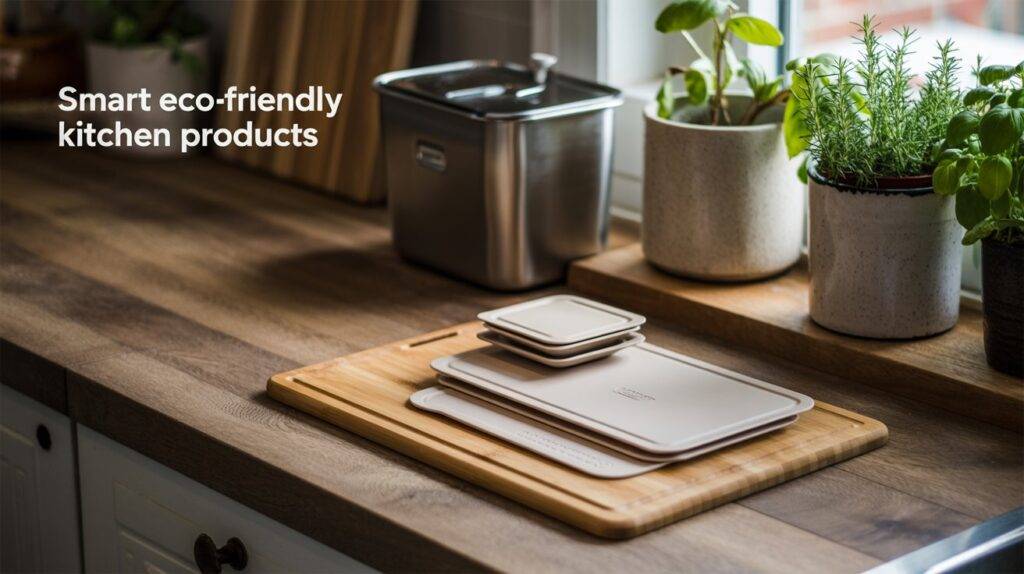
Eco-Friendly Kitchen Products for a Sustainable Cooking Space
1. Compost Bin for Countertops
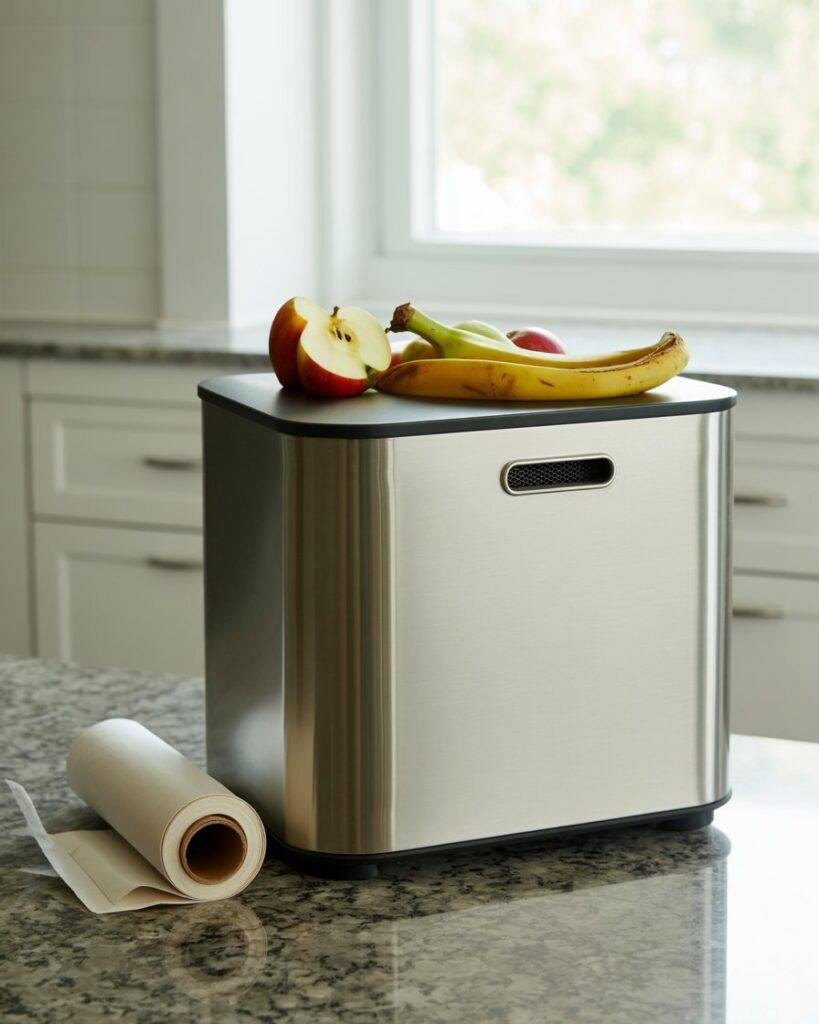
If you cook with fresh fruits and veggies, you know how quickly scraps pile up. Instead of tossing them in the trash, a countertop compost bin lets you collect food waste neatly until you can take it outside.
The best ones have charcoal filters to keep smells down, so you’re not hit with a wave of “yesterday’s salad” every time you open it. You can line them with compostable bags or just rinse them out after each use. It’s a simple switch that keeps food waste out of landfills and turns it into something useful for the garden.
Kitchen Appliance
Induction cooktops heat only the pan, not the air around it. This means less wasted energy, faster cooking times, and lower electricity bills. They’re also safer because the surface stays cooler to the touch.
Suggested Supply: 🔗 Check price on Amazon.com

2. Reusable Silicone Food Bags
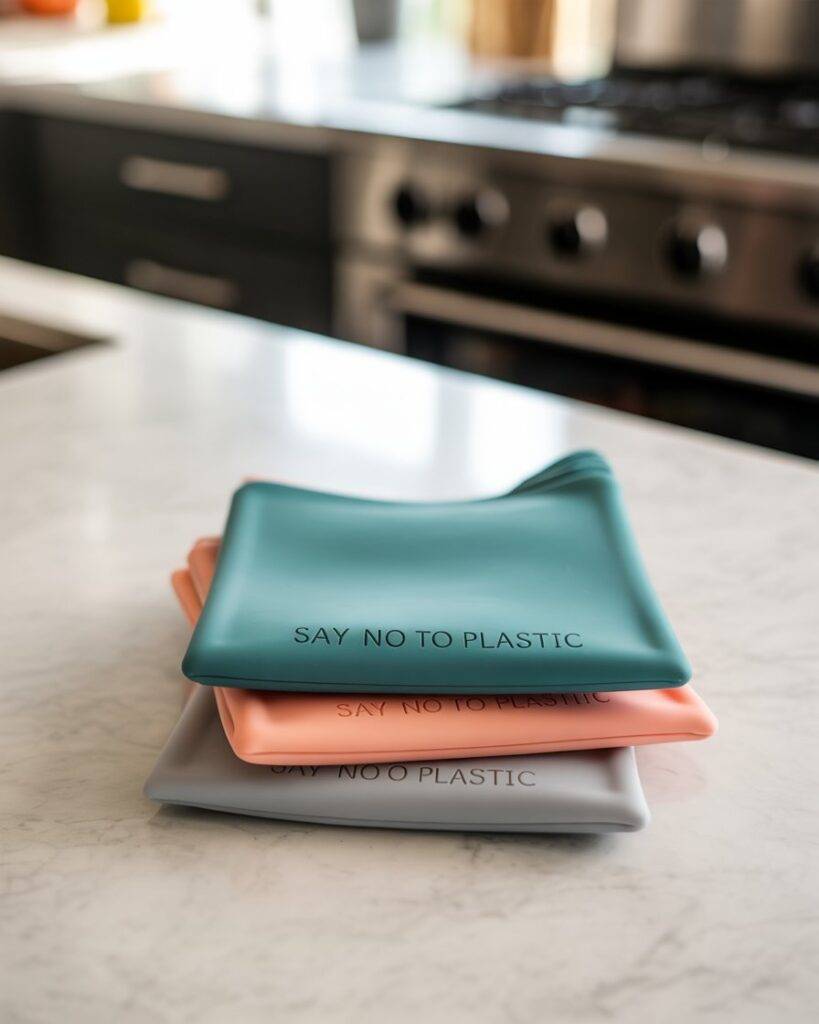
Plastic sandwich bags are convenient, but most get tossed after one use. Reusable silicone bags are just as handy, and they last for years. You can use them for storing leftovers, packing snacks, or freezing soups without worrying about leaks.
They go in the dishwasher, so cleaning is easy, and they don’t get that cloudy, worn-out look after a few washes. Switching to these doesn’t just cut down on plastic waste it also means you’re not constantly buying more bags every few months.
Food Storage
Instead of single-use plastic bags, silicone bags can be washed and reused hundreds of times. They’re perfect for storing leftovers, marinating food, or packing snacks.
Suggested Supply: 🔗 Check price on Amazon.com
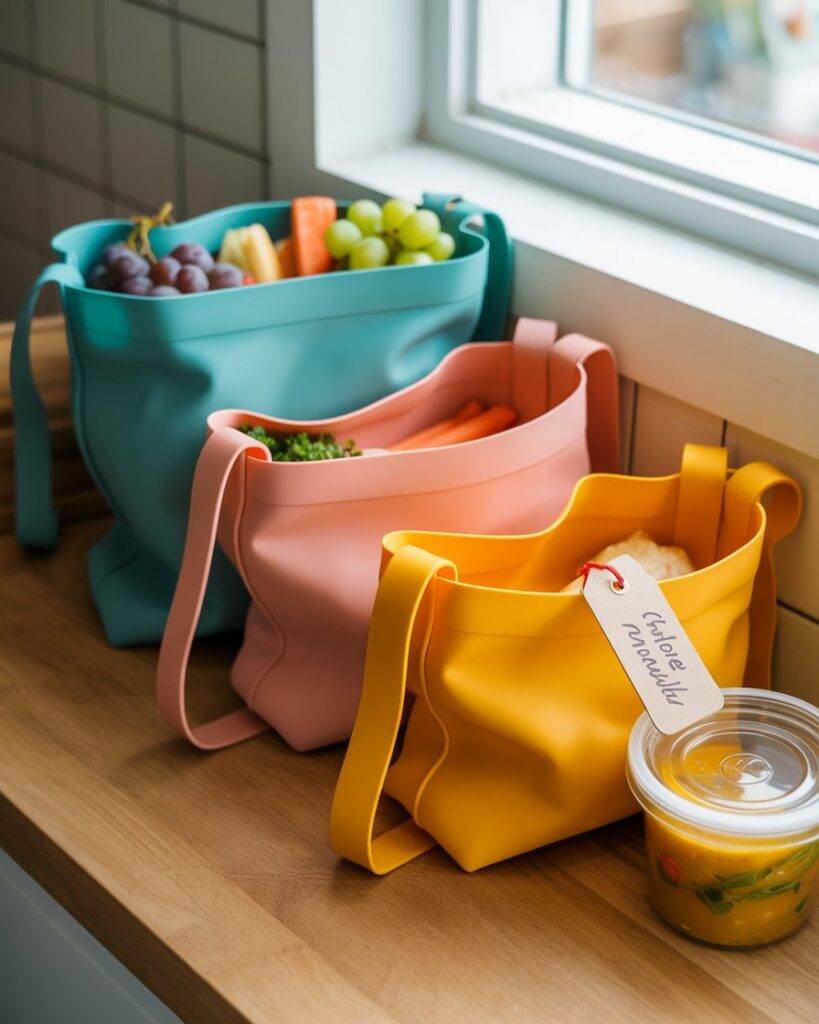
3. Energy-Efficient Electric Kettle
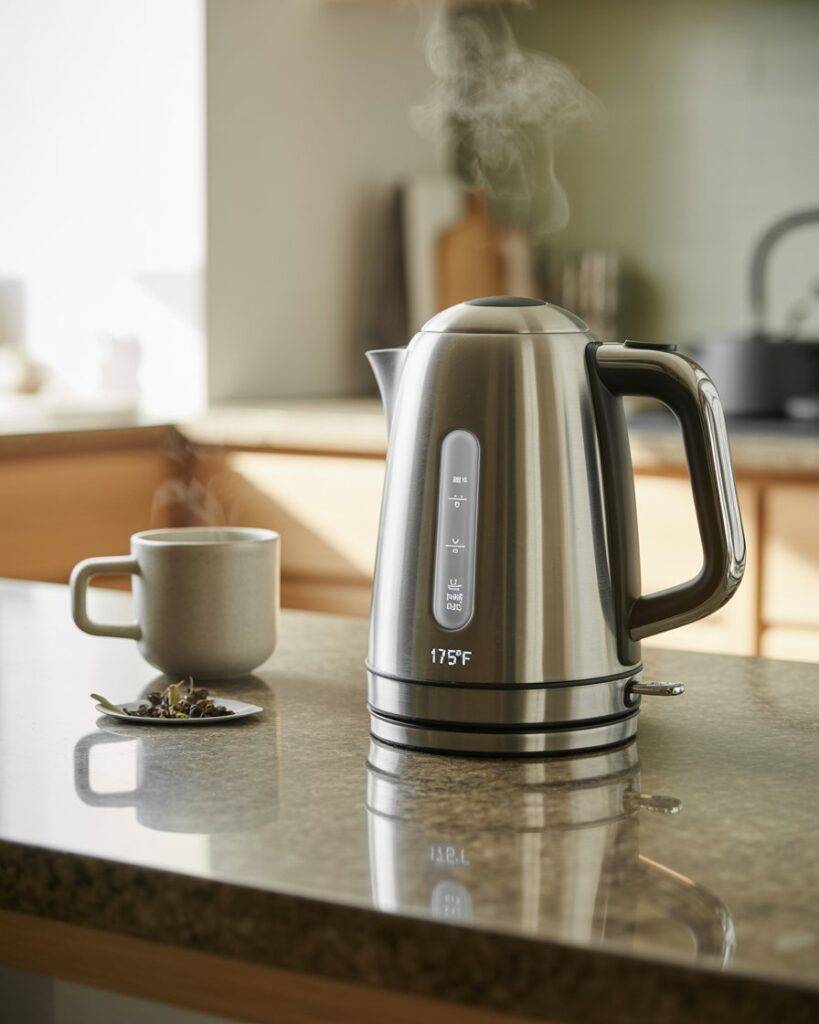
If you drink tea or coffee, your kettle probably works harder than any other appliance in your kitchen. An energy-efficient model heats water quickly while using less power, and some let you boil just the amount you need no wasted energy heating extra.
Many have temperature controls, so you’re not overheating water for green tea or under heating for coffee. It’s one of those swaps that you barely notice after a week, but it quietly saves both energy and time.
An smart energy-efficient electric kettle heats water faster while using less power, and many let you boil only the amount you need no wasting energy heating more than necessary. This models have temperature controls so you don’t overheat water for delicate teas or underheat for coffee.
Check price on Amazon.com 🔗
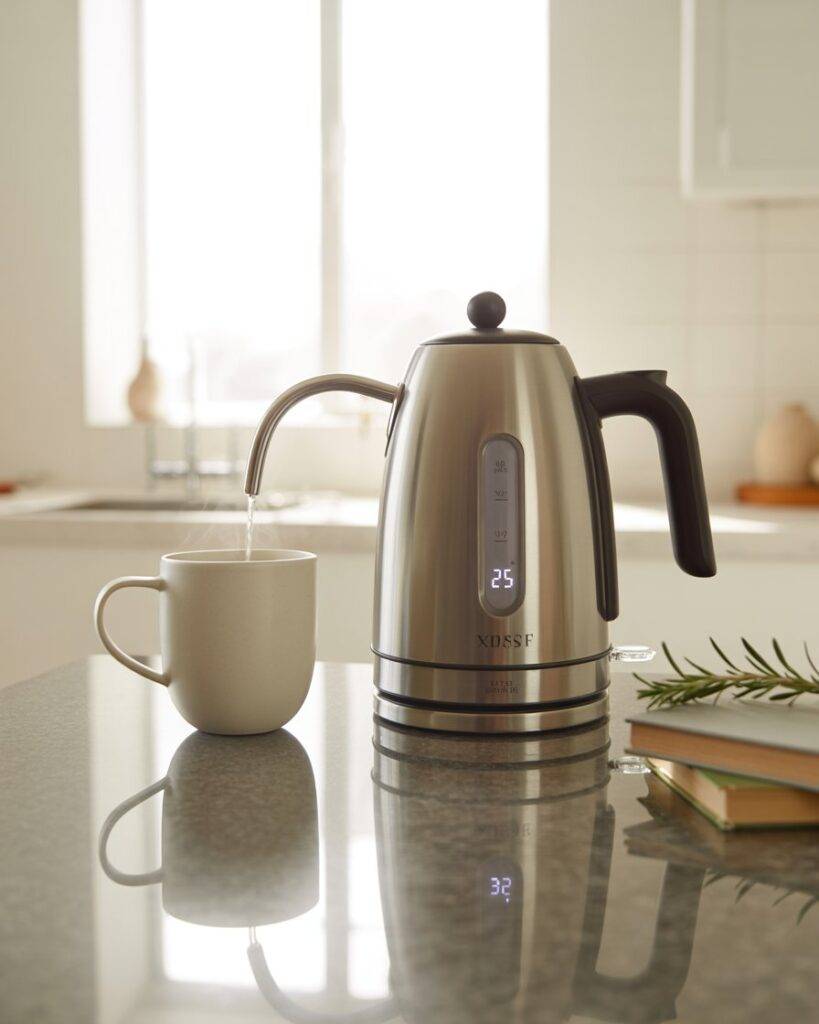
4. Glass Food Storage Containers
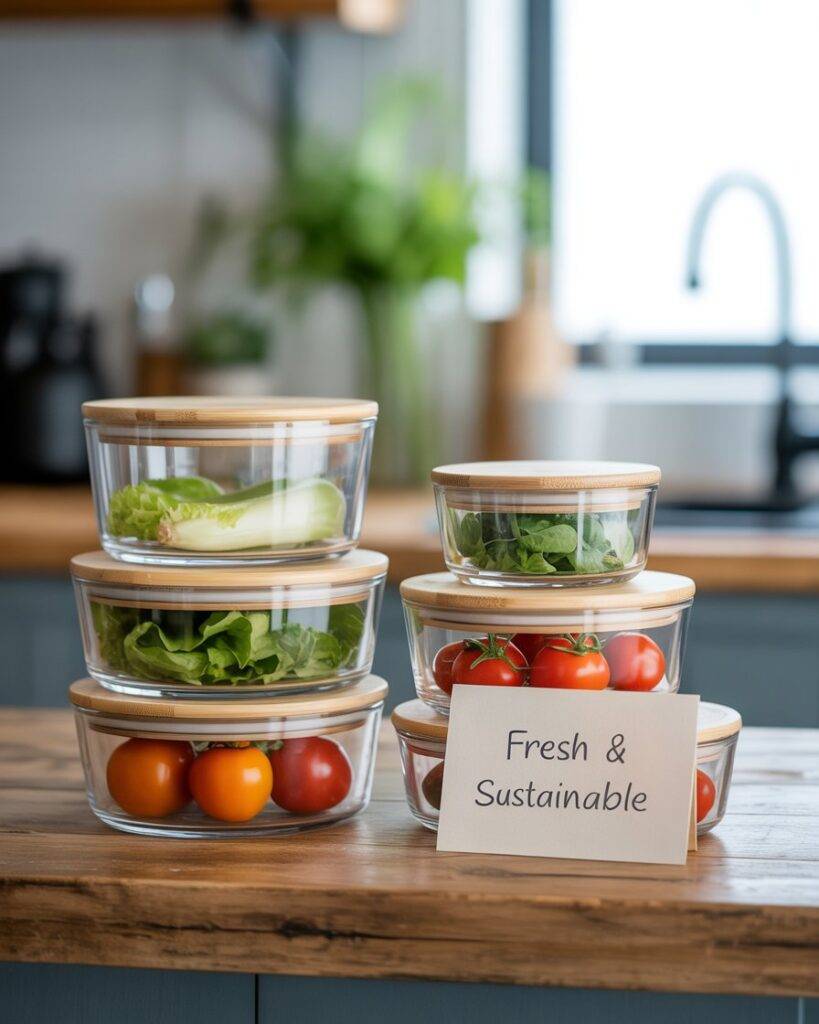
Those old plastic containers in your cabinet they scratch, stain, and sometimes hang on to smells. Glass containers are more durable, don’t absorb odors, and are safer for reheating food in the microwave or oven.
They’re also easier to clean, and you can see exactly what’s inside without popping the lid. Plus, since they last much longer than plastic, you’ll buy fewer replacements over the years. It’s a one-time investment that pays off in both sustainability and convenience.
Switching from plastic to glass containers means no more stains or smells, and they’re safer for reheating food. Bamboo lids add a sustainable touch while keeping things sealed tight. They’re durable and worth the investment.
Check price on Amazon.com 🔗

5. Bamboo Cutting Boards
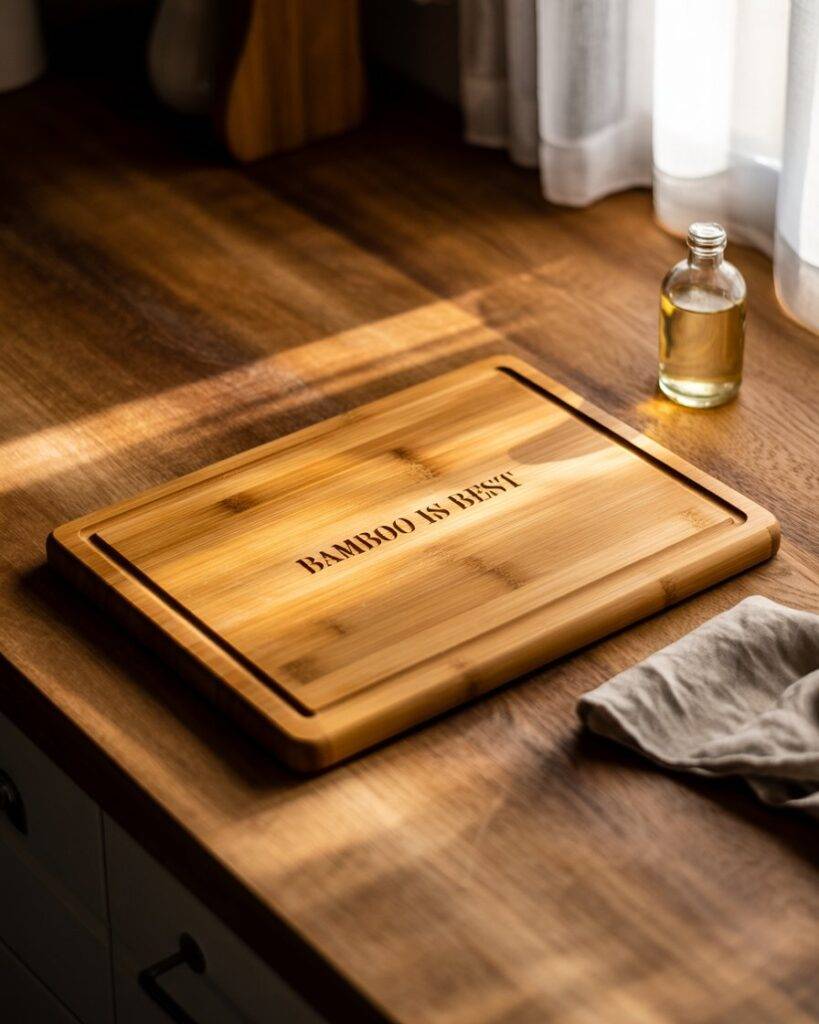
Bamboo is one of the fastest-growing plants in the world, which makes it a much more sustainable option than hardwoods. A good bamboo cutting board is durable, gentle on your knives, and easy to clean.
It’s also naturally resistant to bacteria and doesn’t hold onto strong smells like onion or garlic. Just remember to oil it once in a while to keep it from drying out. Over time, bamboo boards tend to last longer than plastic ones and they look much nicer sitting on the counter.
Bamboo cutting boards are sustainable, durable, and naturally resistant to bacteria. They’re a simple switch from plastic or hardwood boards, and they last a long time with just a little care.
Check price on Amazon.com 🔗
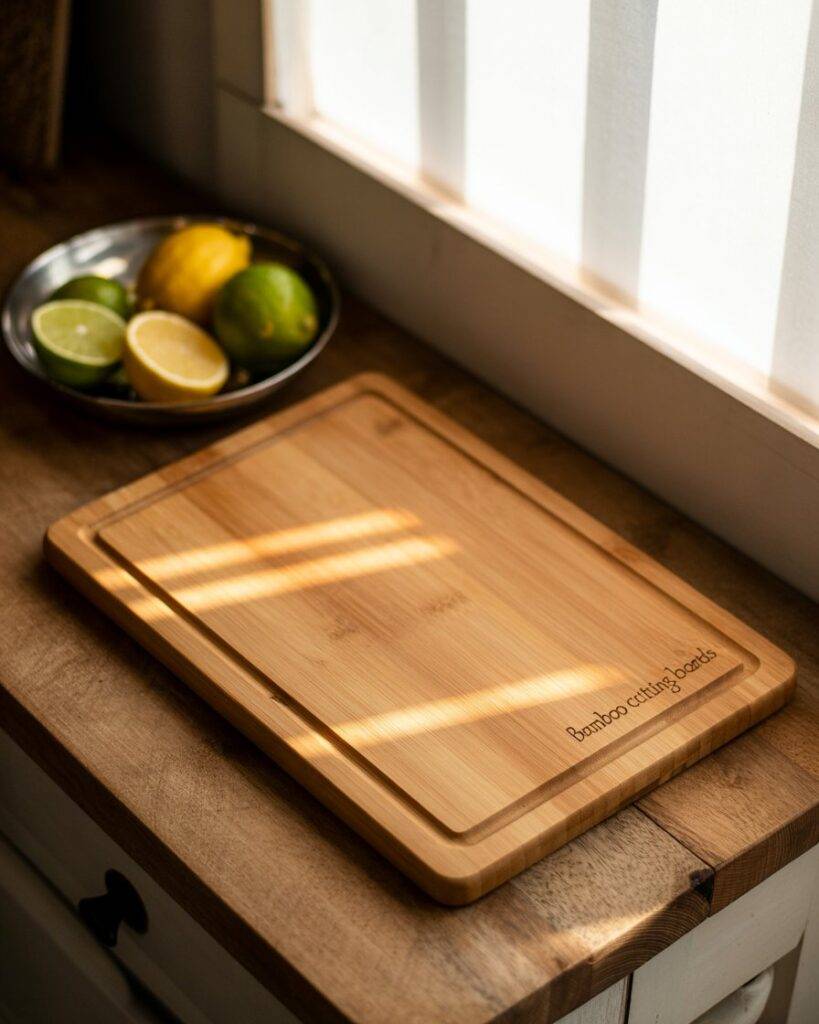
6. Reusable Produce Bags
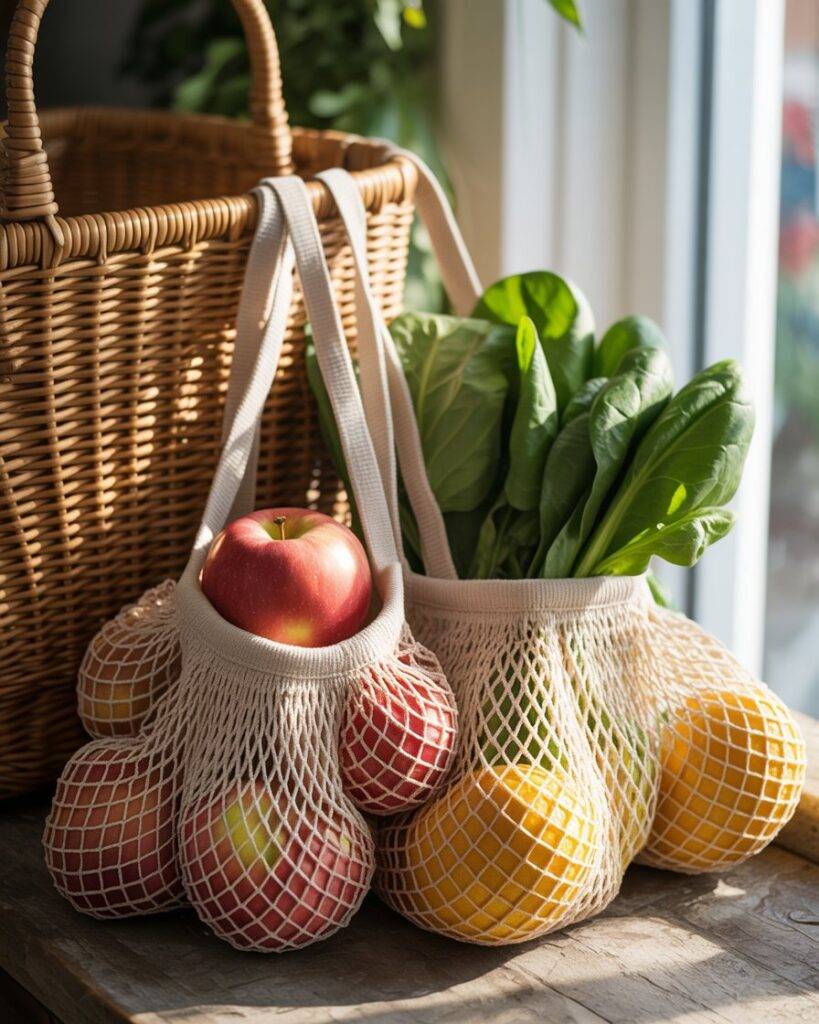
Those thin plastic bags from the grocery store are almost impossible to reuse and usually end up in the trash. Reusable produce bags made from cotton or mesh can hold fruits, vegetables, or even bulk dry goods without tearing.
They’re washable, lightweight, and you can keep a few in your shopping tote so you never forget them. Once you start using them, you’ll wonder why you didn’t make the switch sooner.
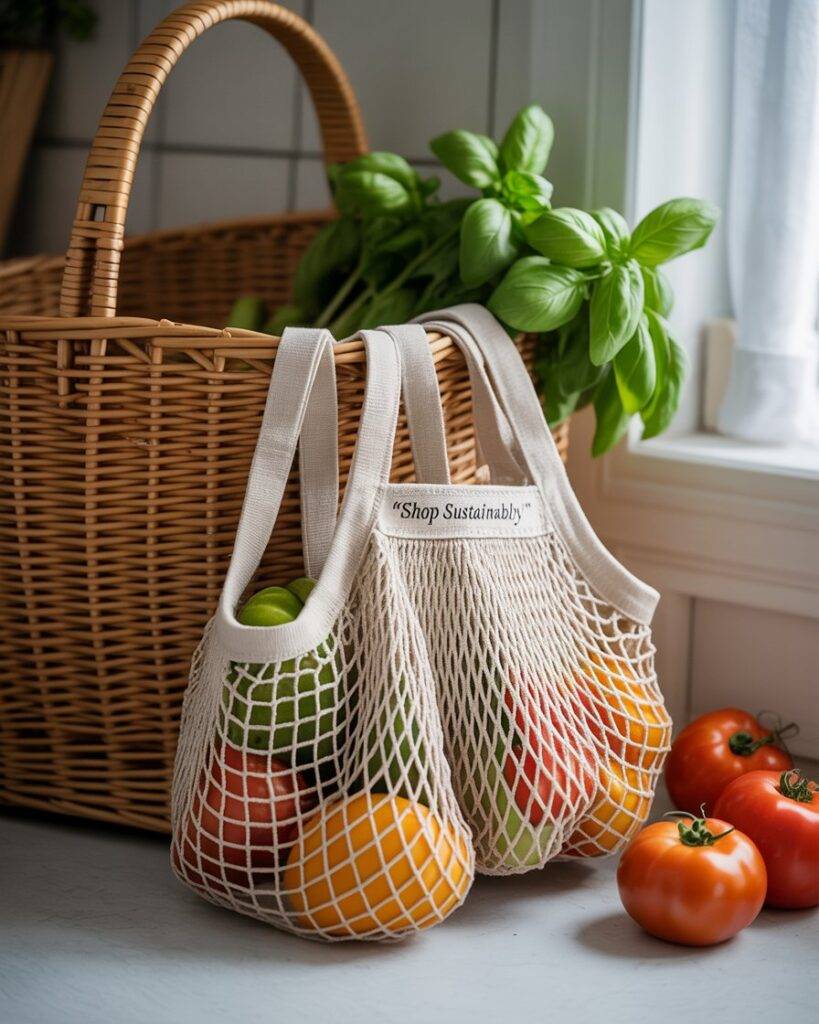
7. Low-Flow Kitchen Faucet Aerator
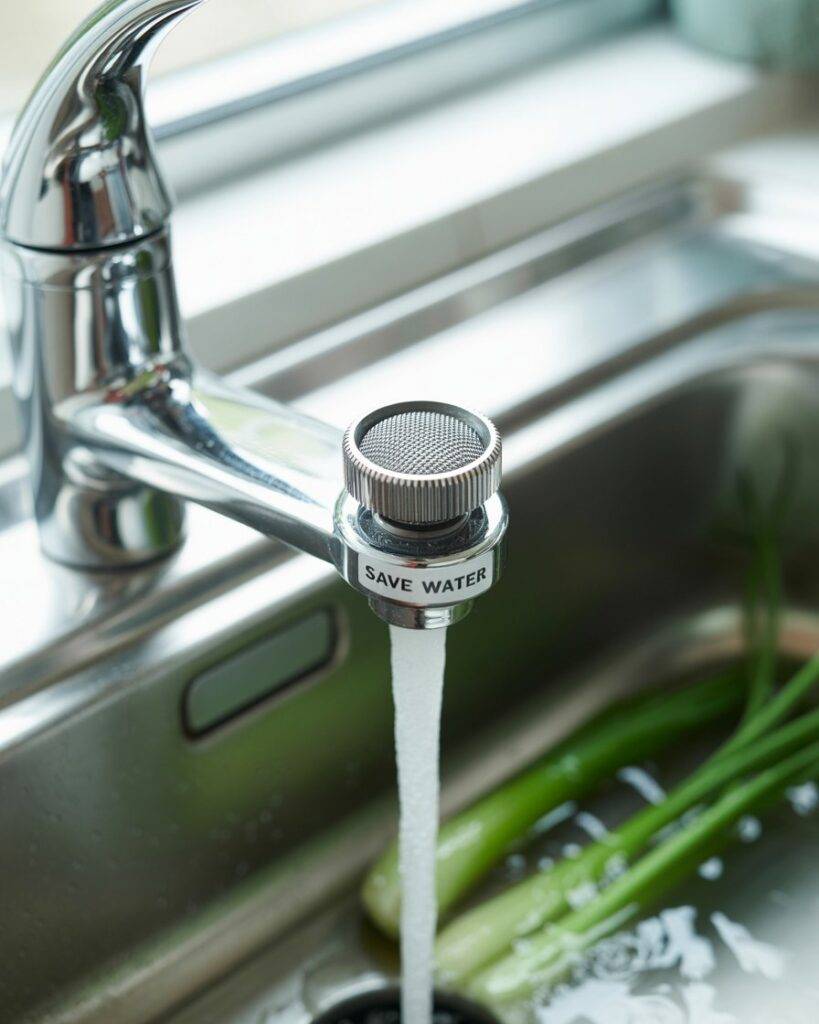
Washing dishes and rinsing vegetables can use up more water than you think? A faucet aerator is a small attachment that reduces water flow without affecting pressure, so you save water with every use. It’s inexpensive, takes less than a minute to install, and can make a noticeable difference on your water bill.
Installing a faucet aerator is an easy way to cut your water use without changing how you wash dishes or veggies. It screws onto your faucet in seconds and helps you save hundreds of gallons of water a year.
Check price on Amazon.com 🔗
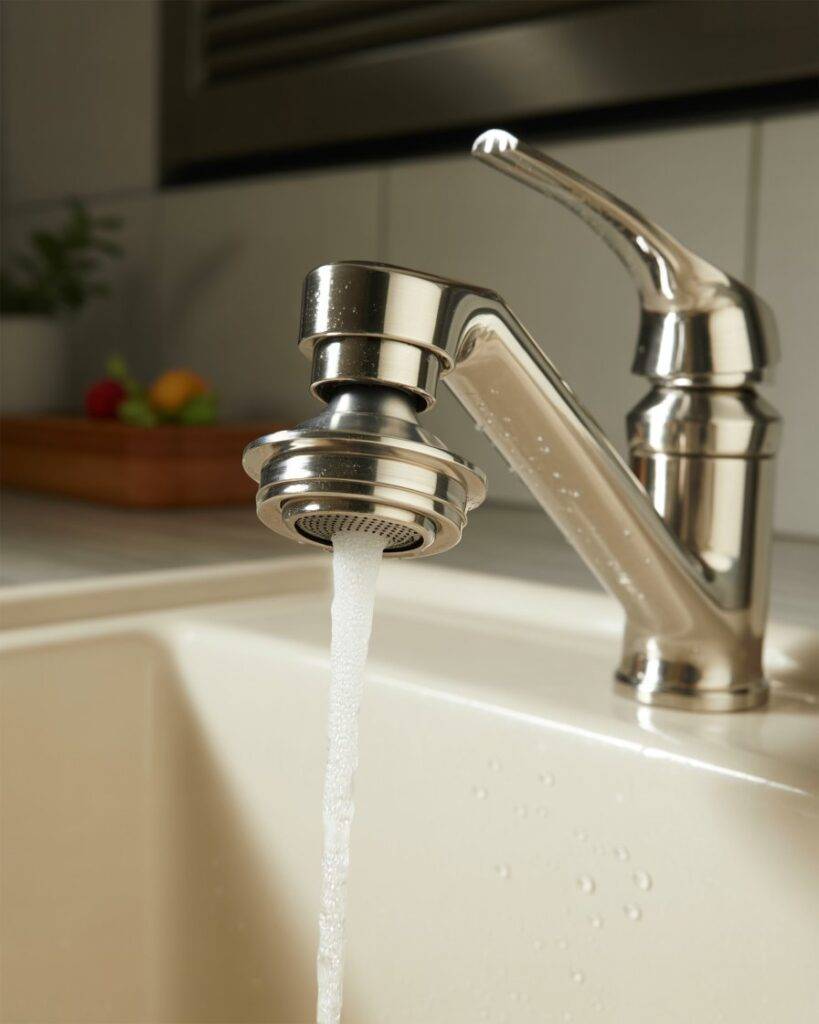
8. Beeswax Food Wraps
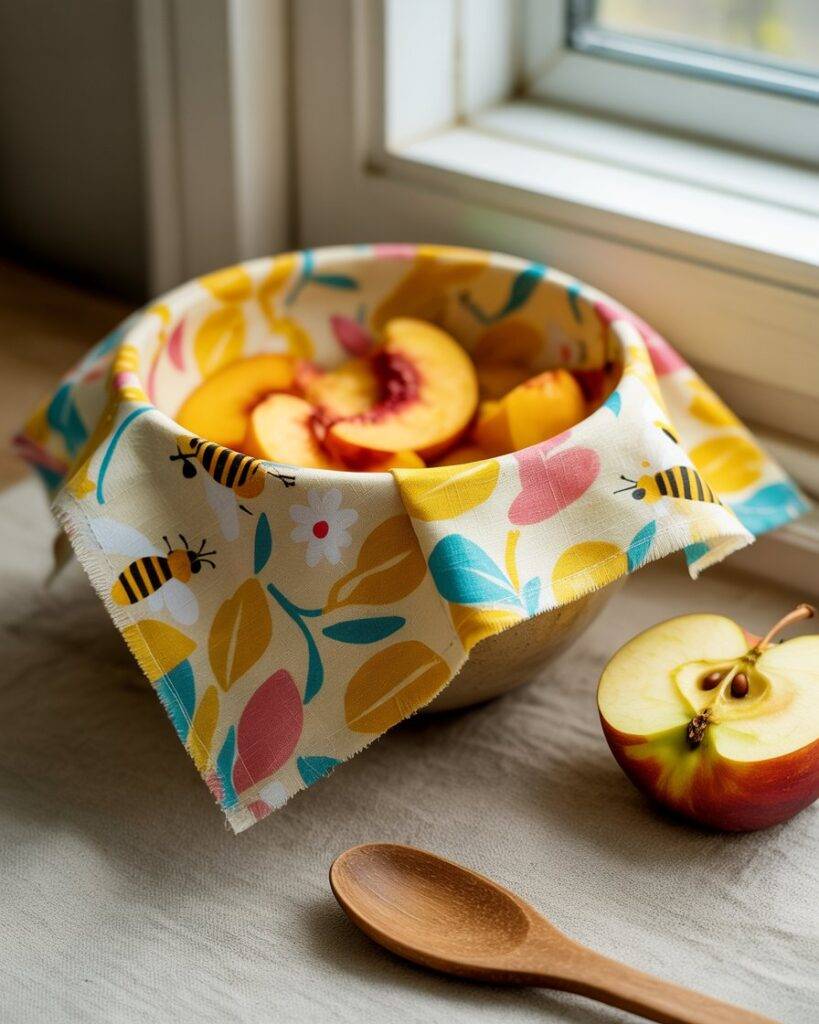
Plastic wrap is tricky its single-use and not recyclable in most places. Beeswax wraps are a reusable alternative for covering bowls, wrapping sandwiches, or keeping half an avocado fresh.
They mold to shape using the warmth of your hands, and when they wear out after a year or so, you can compost them. They’re a simple, zero-waste swap that still does the job.

9. Stainless Steel Strainers and Colanders
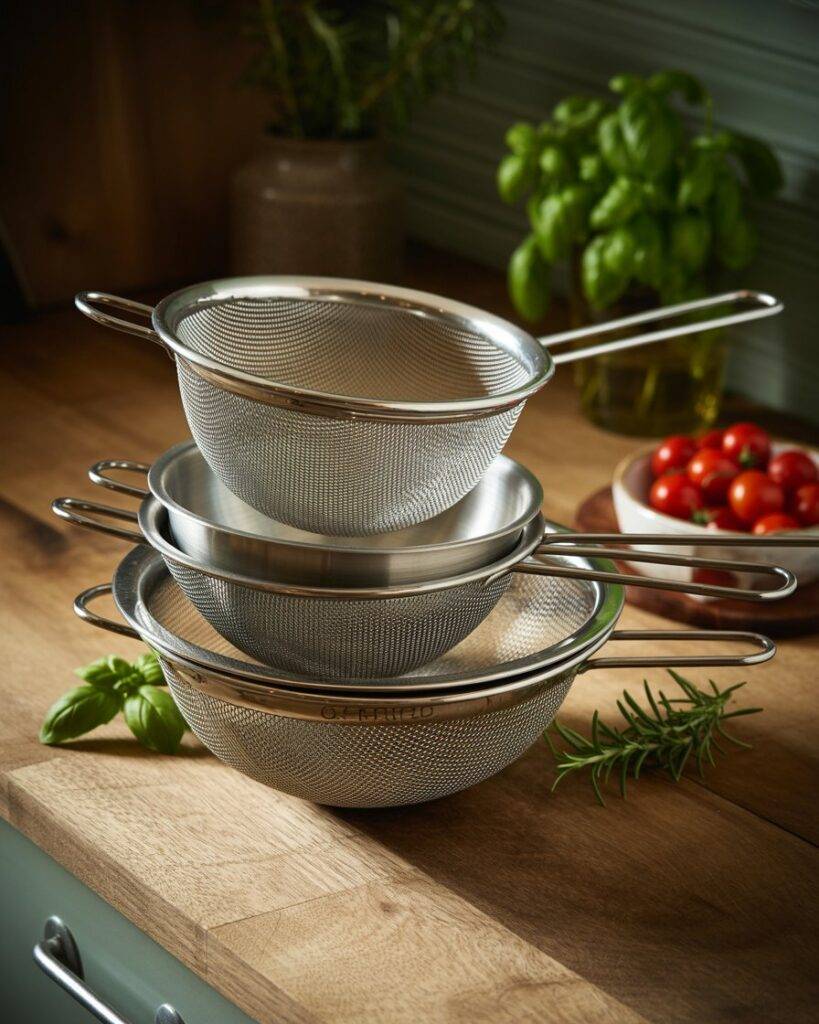
Plastic strainers can crack, stain, or warp over time. Stainless steel ones last decades, don’t absorb smells, and are fully recyclable at the end of their life.
They’re perfect for draining pasta, rinsing vegetables, or sifting dry ingredients. It’s one of those kitchen basics you’ll buy once and never think about replacing.
If you brew coffee daily, a stainless steel reusable filter saves money and waste by replacing paper filters. It’s easy to clean and keeps your coffee tasting fresh.
Check price on Amazon.com 🔗

10. LED Under-Cabinet Lighting
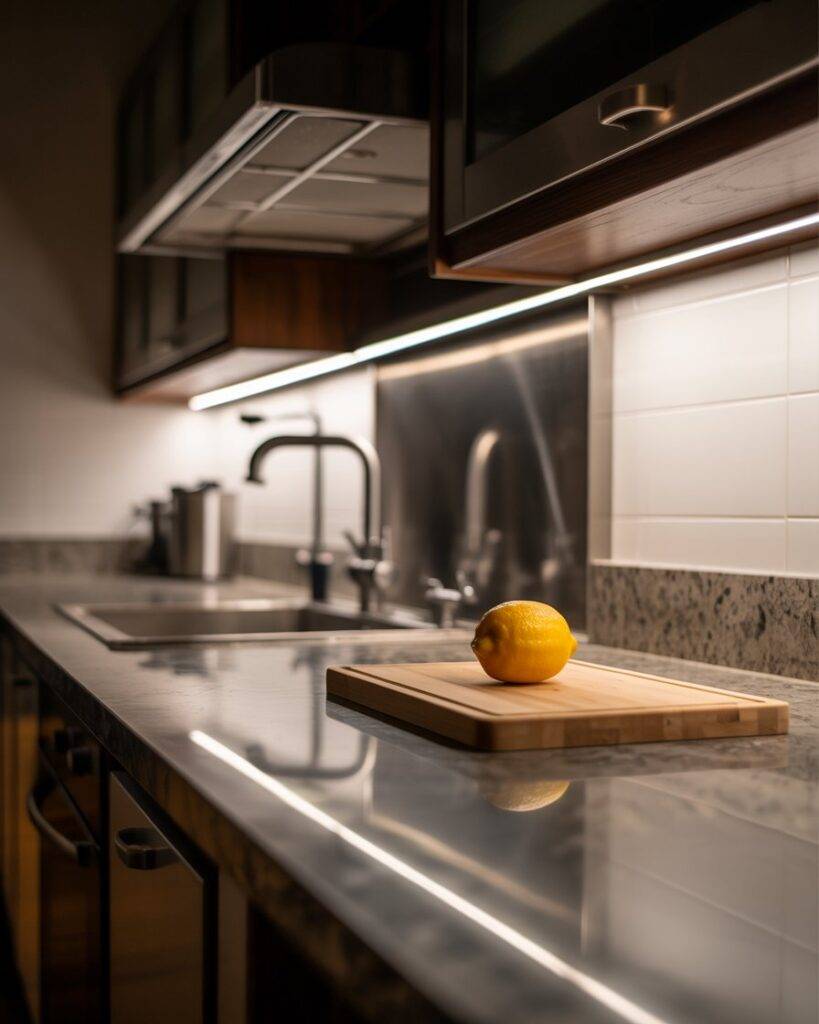
Good kitchen lighting makes cooking easier, but old bulbs can waste a lot of energy. Swapping to LED strips or puck lights under your cabinets uses far less power and lasts much longer.
They’re bright without giving off excess heat, and many are dimmable so you can set the right mood in the evening.
Upgrade your kitchen lighting with LED strips that use way less energy and last longer. They give you better light for cooking and save money on your electric bill. Plus, they don’t heat up your kitchen.
Check price on Amazon.com 🔗
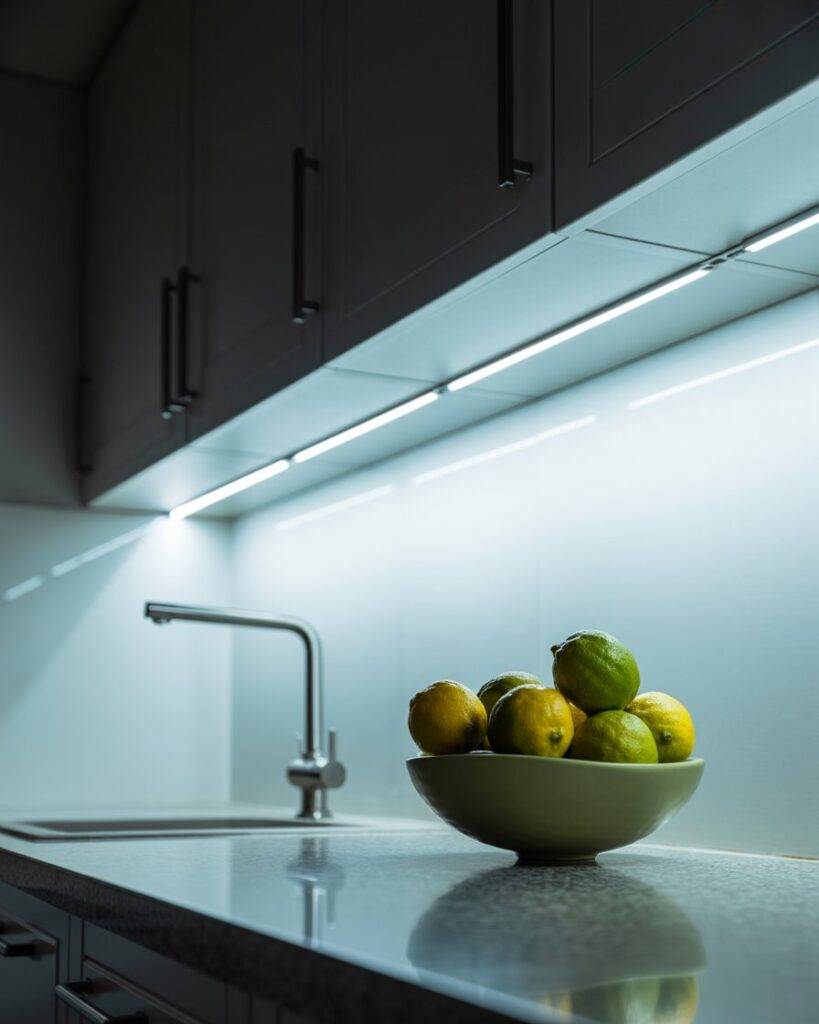
11. Cast Iron Skillet

A well-seasoned cast iron skillet can last for generations, which makes it one of the most sustainable cookware options out there.
It heats evenly, works on any stove (including induction), and can go straight from stovetop to oven. It’s perfect for searing, baking, or frying, and with a little care, it only gets better with age.

12. Dishwasher with Eco Mode
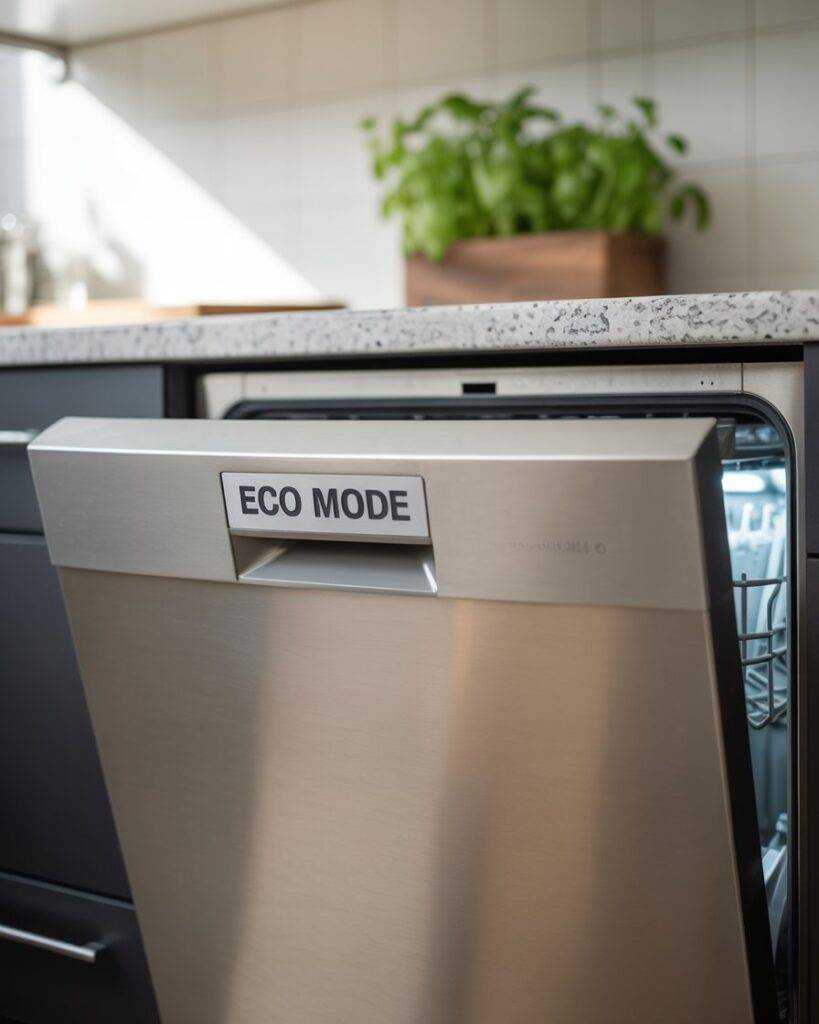
If you’re upgrading appliances, look for a dishwasher with an energy-efficient or “eco” mode. It uses less water and energy per cycle, which is better for the environment and your utility bills.
Even if you run it daily, the savings add up quickly especially compared to hand-washing with running water.
If you run your dishwasher often, a smart energy saver or eco mode can reduce water and electricity use without extra effort on your part. It’s a quick way to save money and resources.
Check price on Amazon.com 🔗
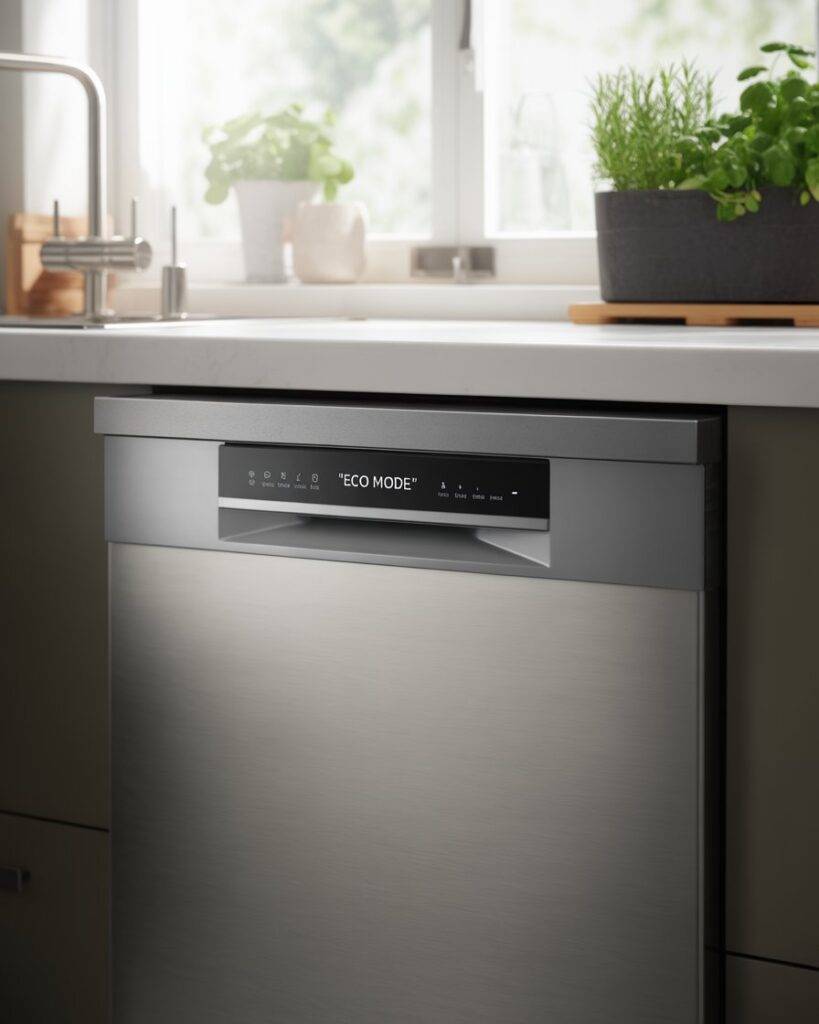
13. Cloth Kitchen Towels
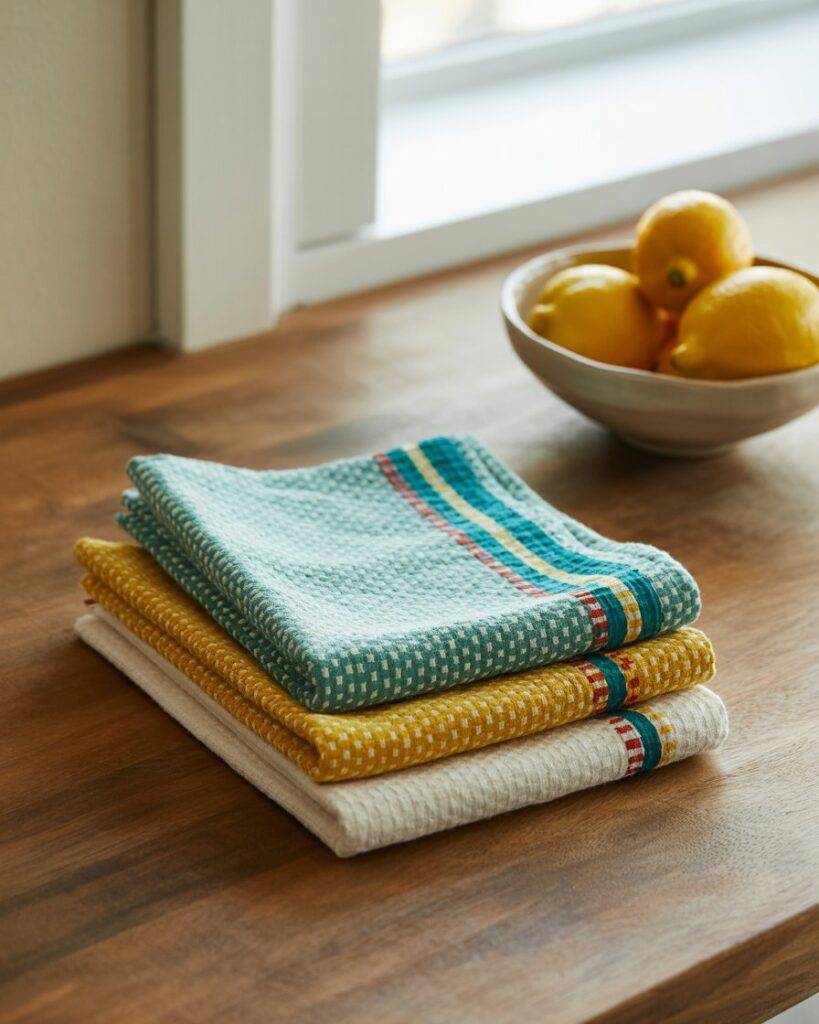
Paper towels are convenient but create a lot of waste. Cloth towels are reusable, absorbent, and can handle everything from wiping spills to drying dishes.
Keep a stack on hand and toss them in the wash with other laundry. Over time, they’ll save you money and cut down on single-use paper products.
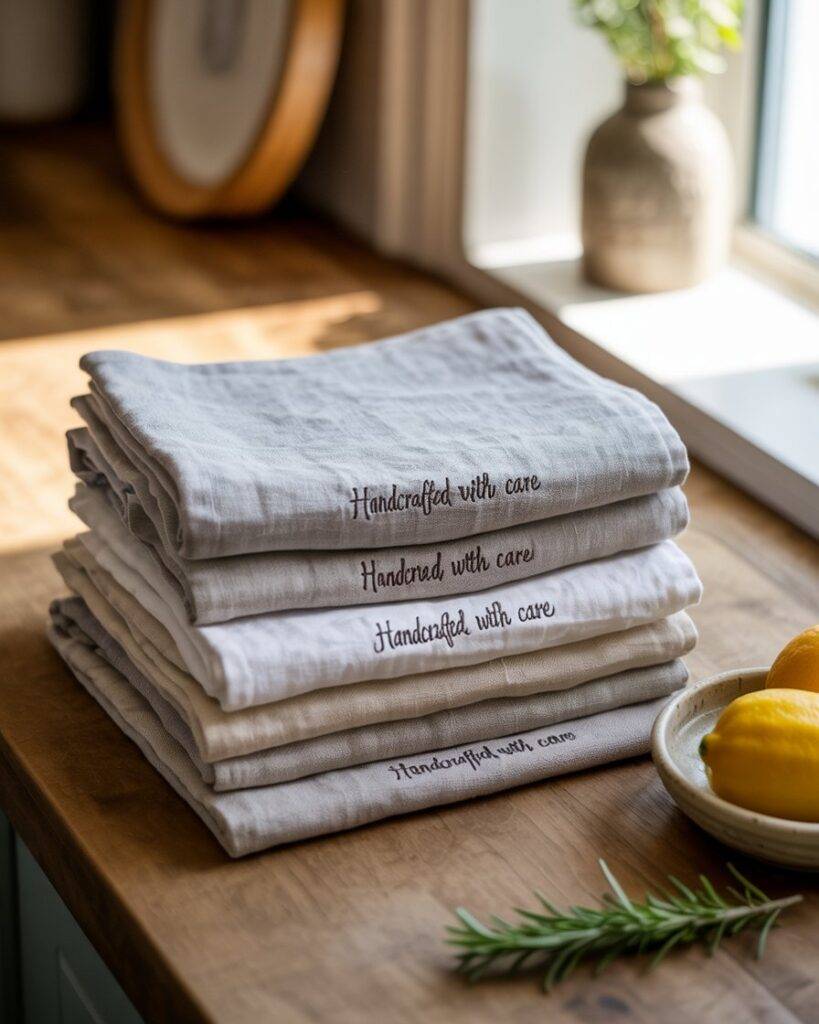
14. Recycling Station Setup
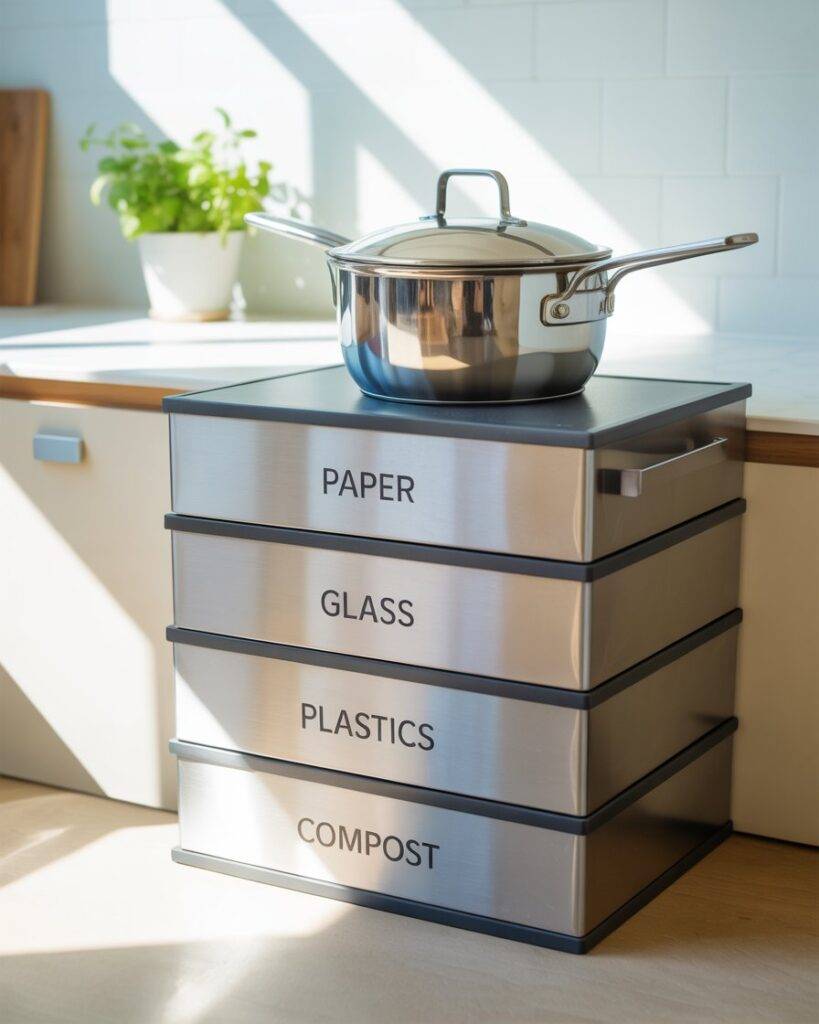
Recycling is easier when everything has a place. Set up a small sorting system for paper, glass, plastics, and compost so it becomes part of your routine.
Even if your space is small, stackable bins or slim containers can keep it tidy. The easier it is, the more likely you are to stick with it.
Cook with pots and pans made from recycled aluminum to reduce your impact. They heat evenly, last a long time, and help cut down on new raw materials being mined.
Check price on Amazon.com 🔗
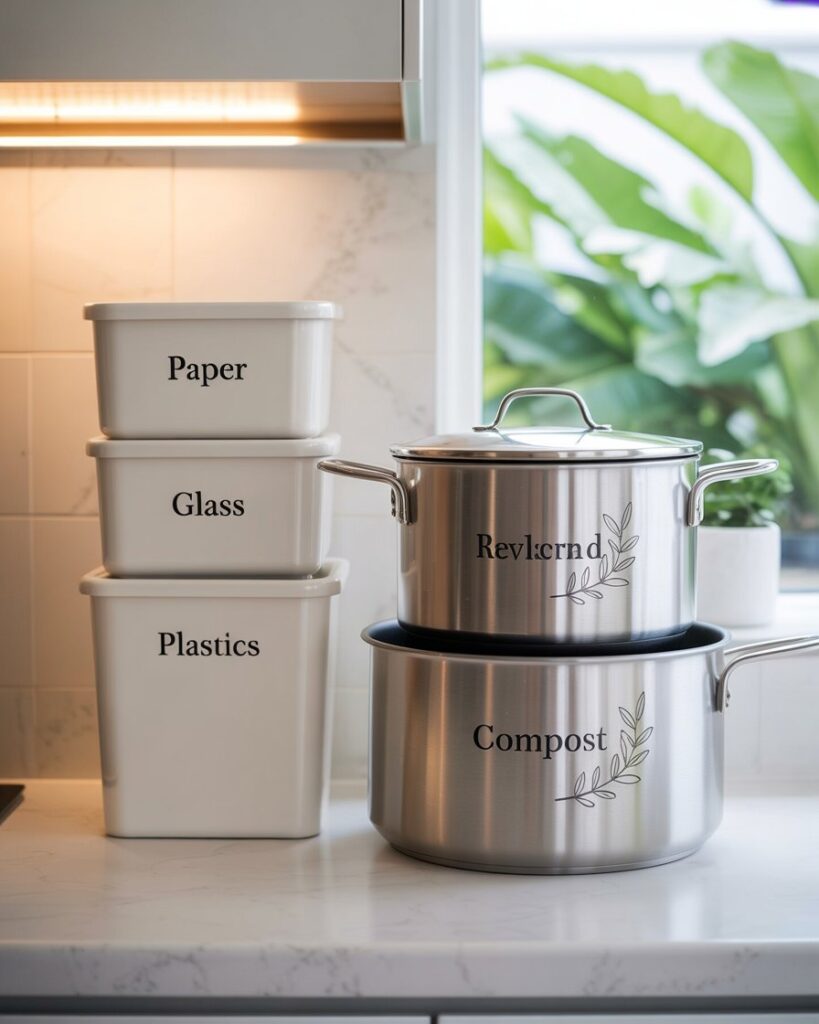
15. Energy-Efficient Refrigerator
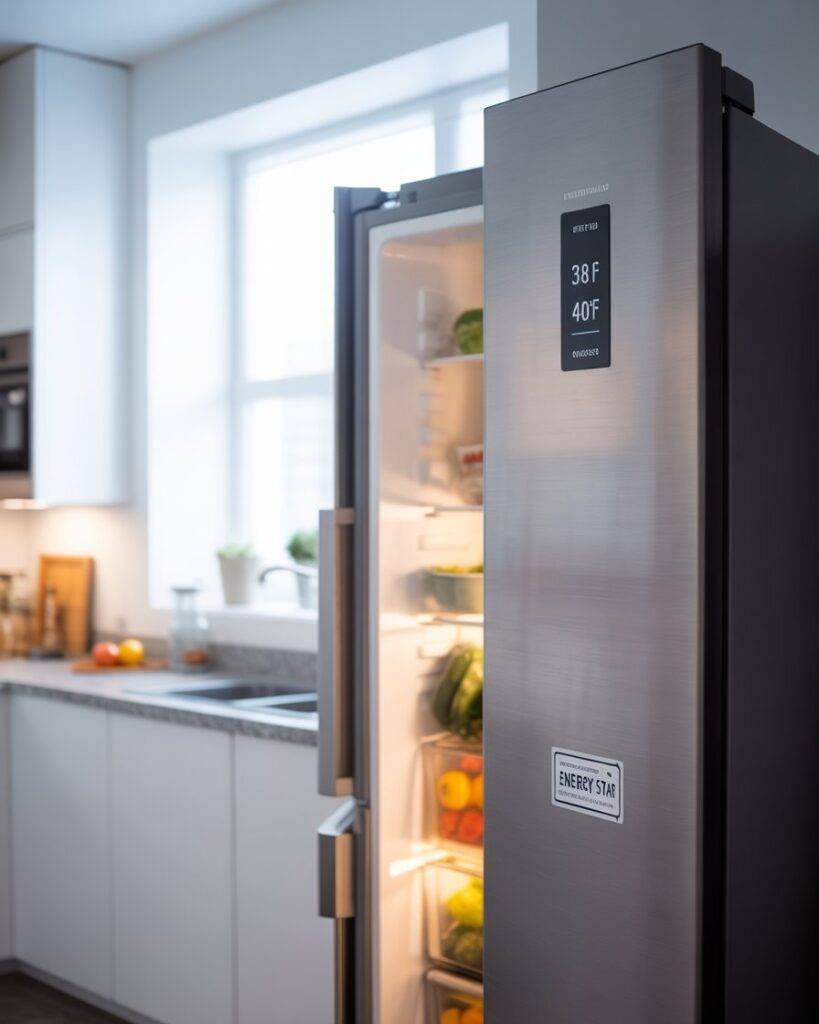
The fridge is one of the biggest energy users in any home. Newer models are designed to keep food fresh while using much less power.
Look for an Energy Star–rated model and consider one with adjustable temperature zones to keep different foods at their best. It’s a bigger investment, but it pays off in the long run.
This fridge of energy-efficient model it be save you a good chunk on electricity bills over time. Models with adjustable temperature zones help keep fruits, veggies, and meats fresh longer.
Check price on Amazon.com 🔗
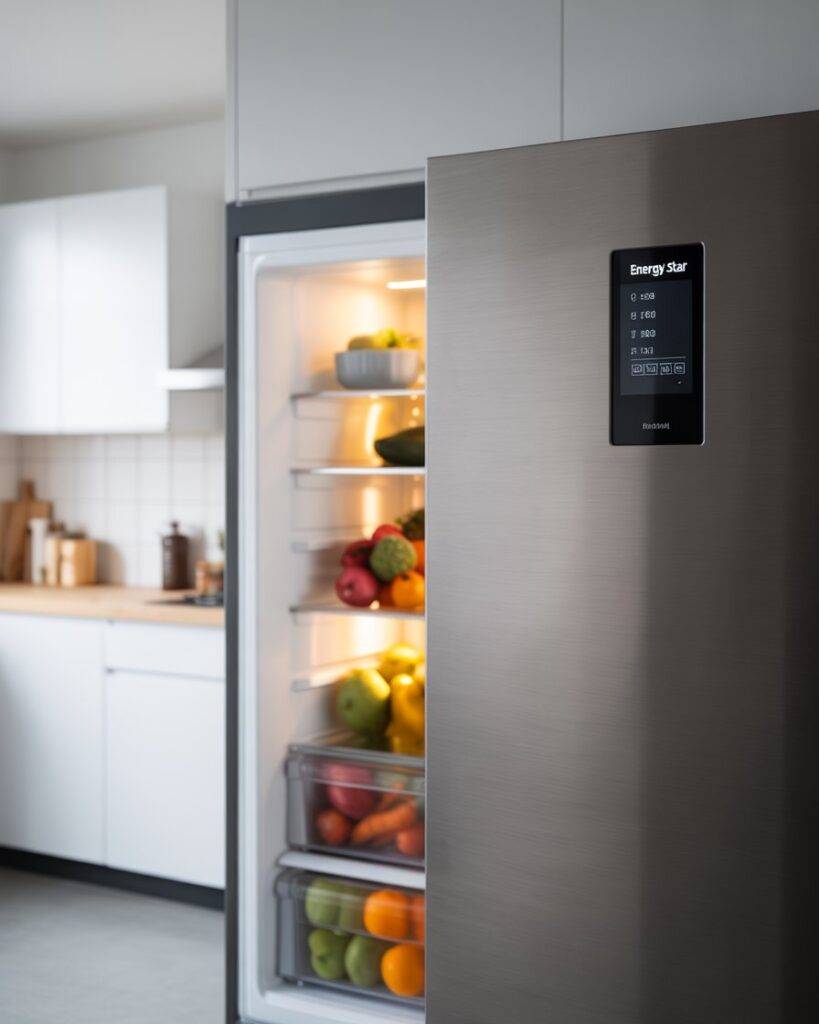
6 Reasons Why I Wrote This Article
1. I wanted to make going eco-friendly in the kitchen less complicated.
A lot of advice out there is either way too technical or just not realistic for everyday life. I wanted to share things you can actually use, even if you’re busy or on a budget.
2. Small changes really do add up.
You don’t have to throw out everything you own. Even swapping one or two items can save energy, cut waste, and make your kitchen run smoother.
3. People think “sustainable” means “expensive.”
It doesn’t have to. Some of the best eco-friendly swaps are simple and affordable you just have to know where to look.
4. I like when smart design works with sustainability.
Tech and eco-friendly living aren’t opposites. A lot of products now save both time and resources, which makes them actually worth using.
5. The kitchen is where waste piles up fast.
From food packaging to single-use tools, it adds up. I wanted to focus on things that actually help cut that waste without making cooking harder.
6. The kitchen is the heart of the home.
If you make it more sustainable, it naturally changes the way you shop, cook, and think about waste in other parts of life.
Final Thoughts
You don’t need to redo your whole kitchen to live more sustainably. Just start with one thing that feels doable maybe reusable wraps, maybe a compost bin, maybe an energy-efficient kettle. Once you see how easy that swap is, the next one won’t feel like a big deal.
So, read through, pick what makes sense for you, and give it a try. Even if your kitchen only gets a little more eco-friendly, it’s still a step in the right direction and you’ll feel good every time you use it.
Related Post:
- Back to School Made Easy: 18 Essential Products to Buy on Amazon - December 31, 2025
- 25 Things You Can Make and Sell This Year for Extra Income - December 31, 2025
- DIY Dog Corner Makeovers Using Pallets, Crates & Budget Friendly Decor - December 30, 2025

